GYUBAN
However, there are more stories at GYUBAN
We will be content if you’ve enjoyed a good meal at GYUBAN,
and we will feel proud if you have been touched by our food culture.
However, there are more stories at GYUBAN.


TREES IN SEASONAL GARDEN
TREES IN SEASONAL GARDEN
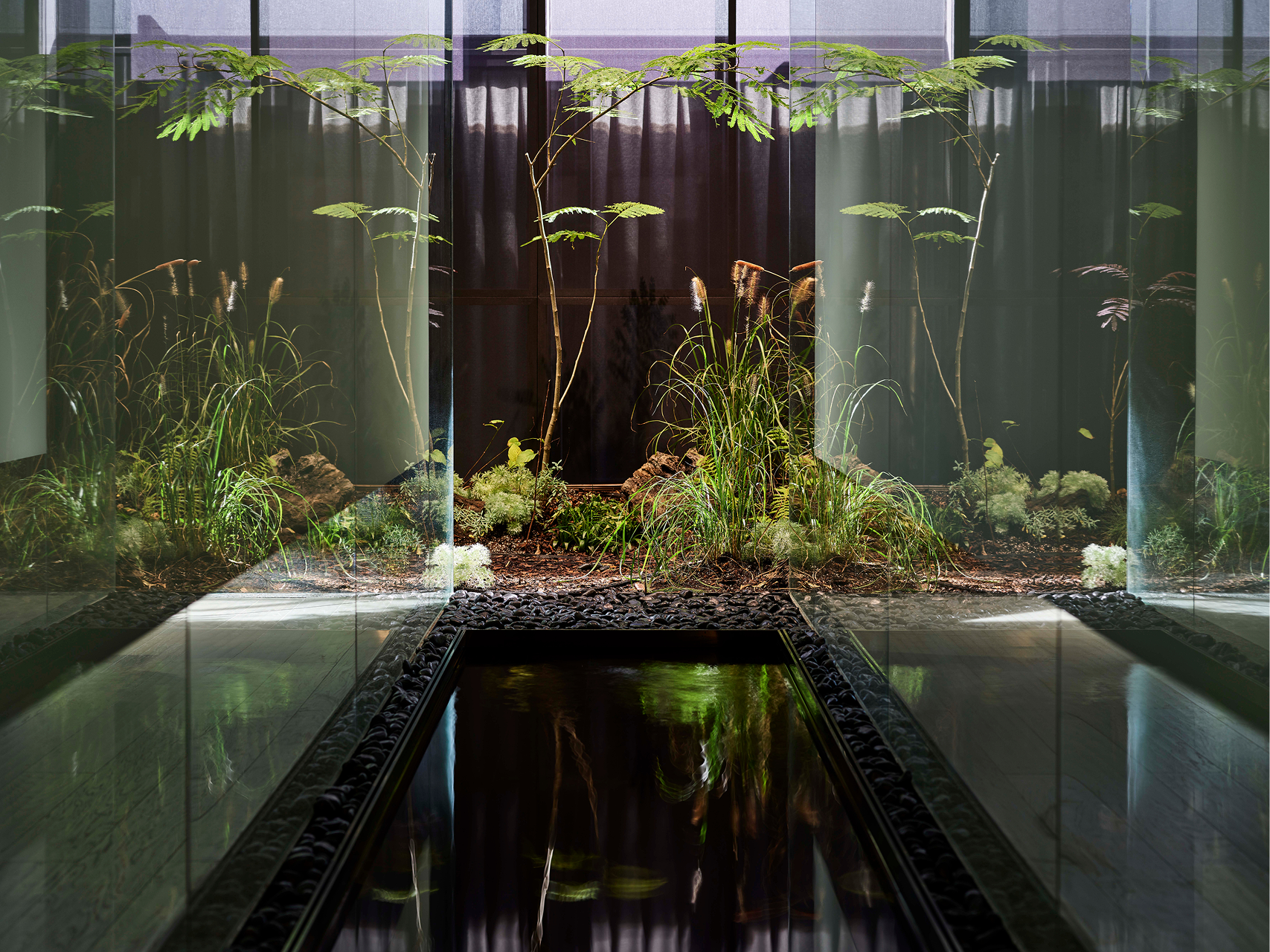
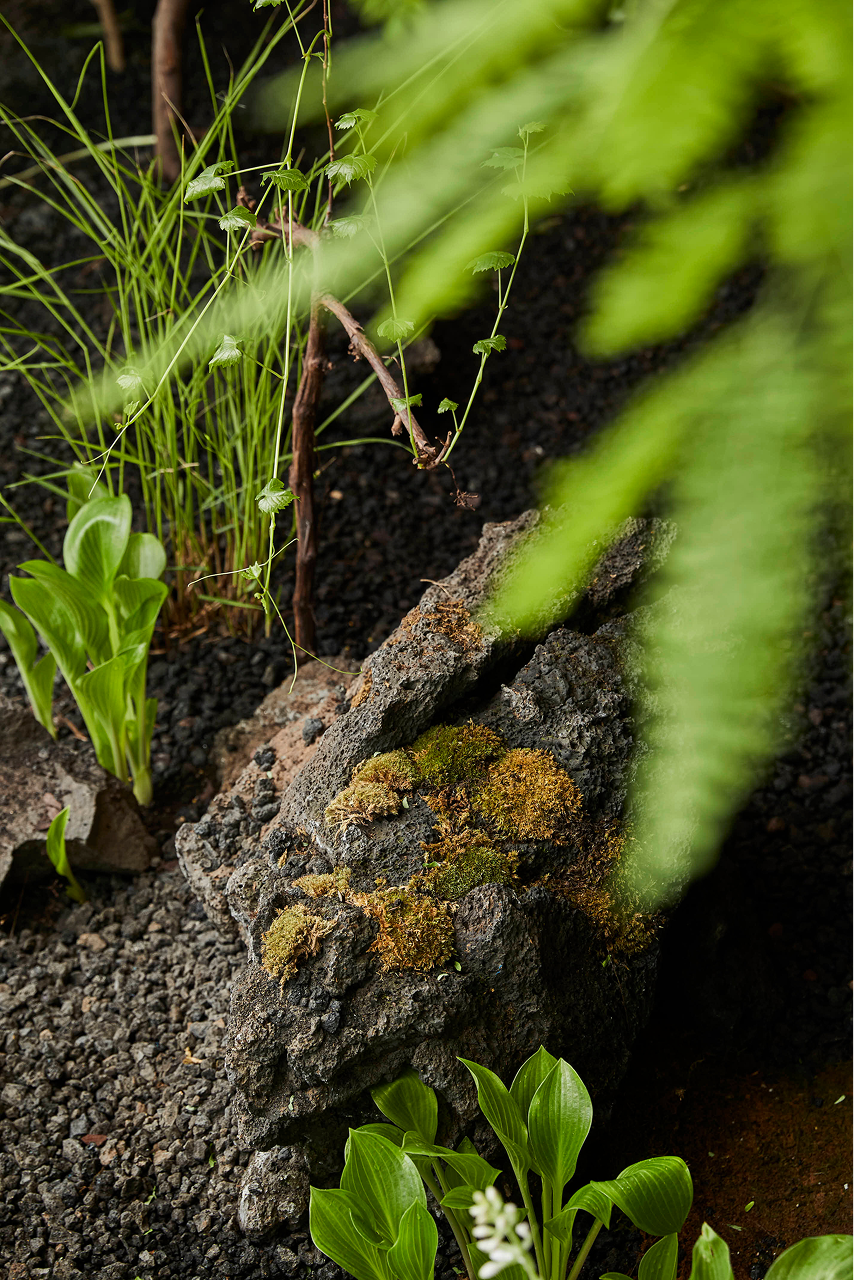
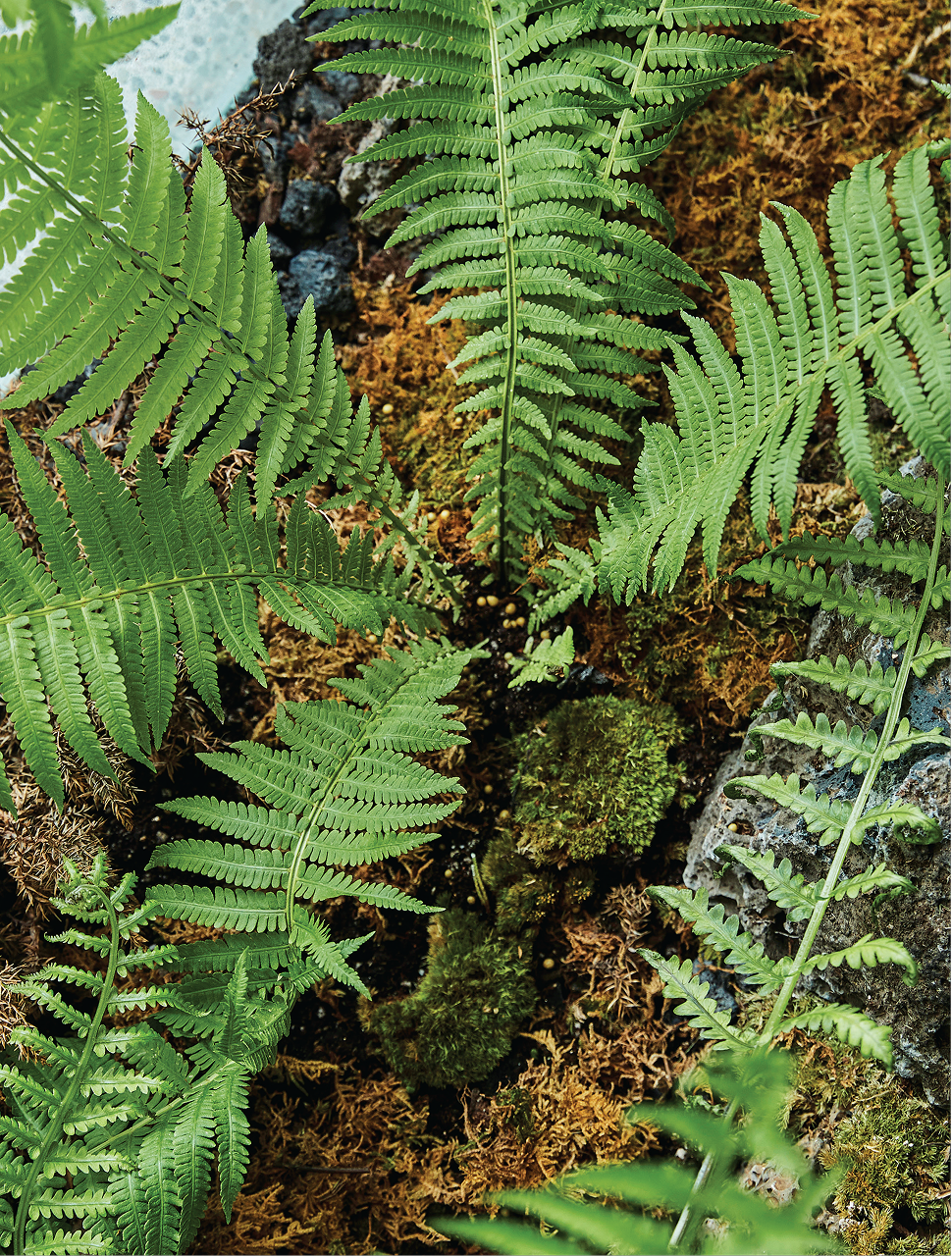
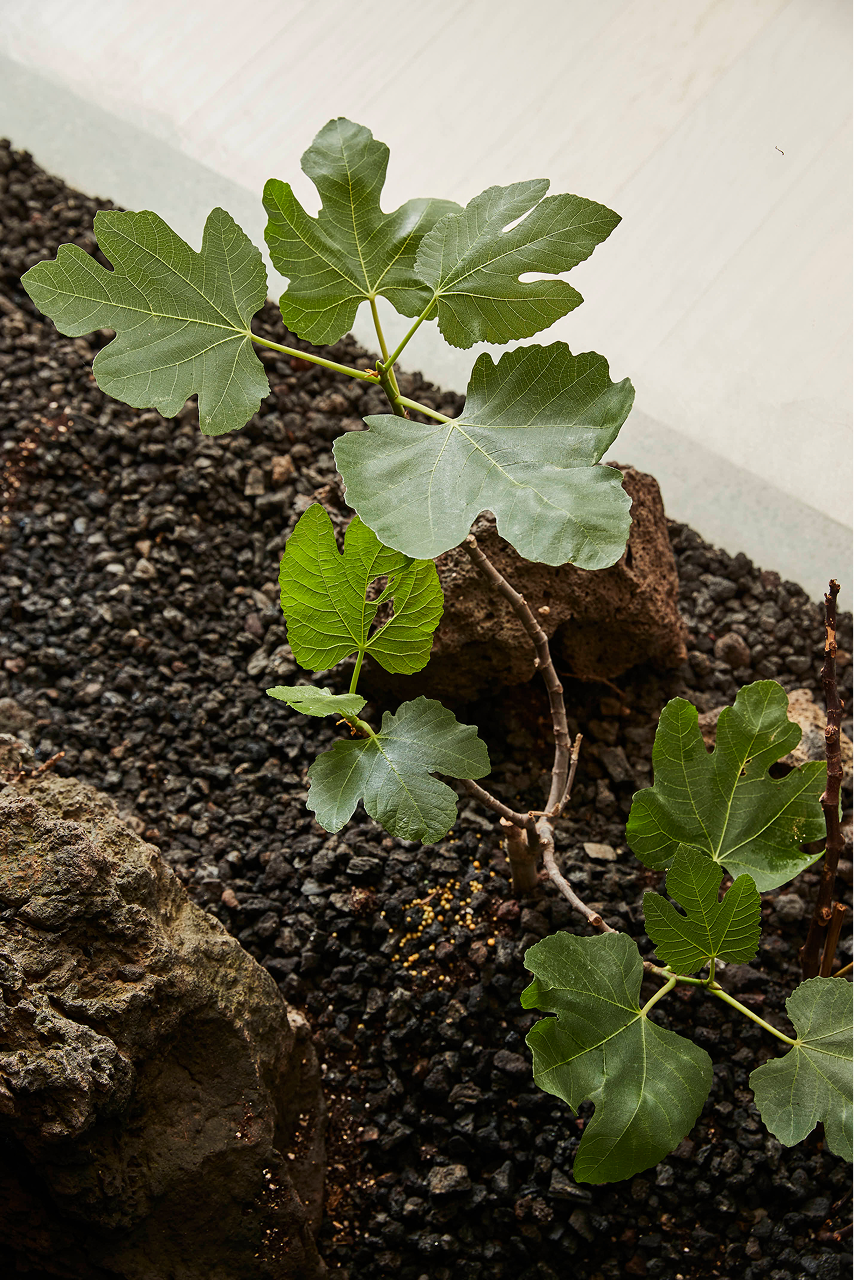
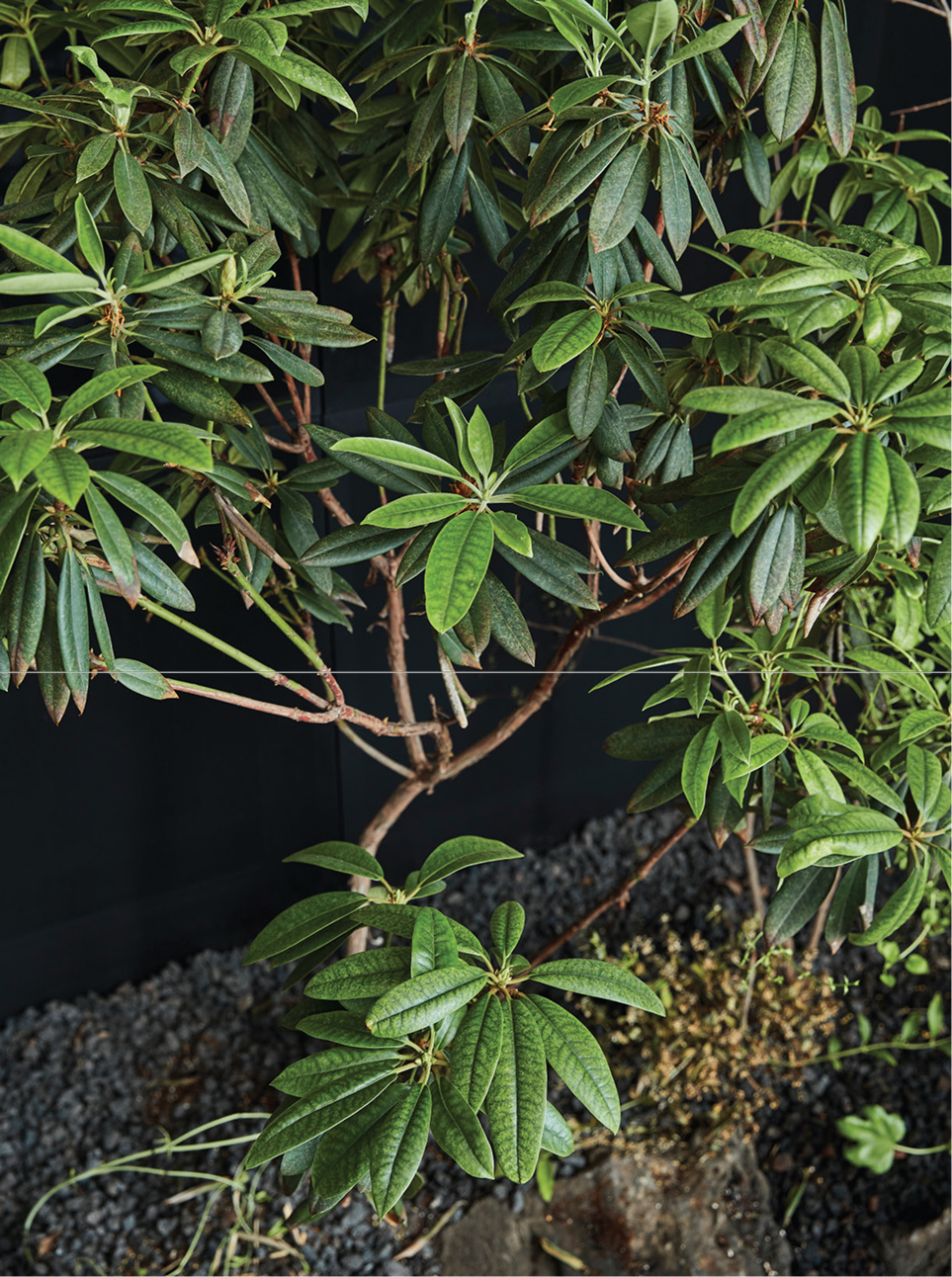
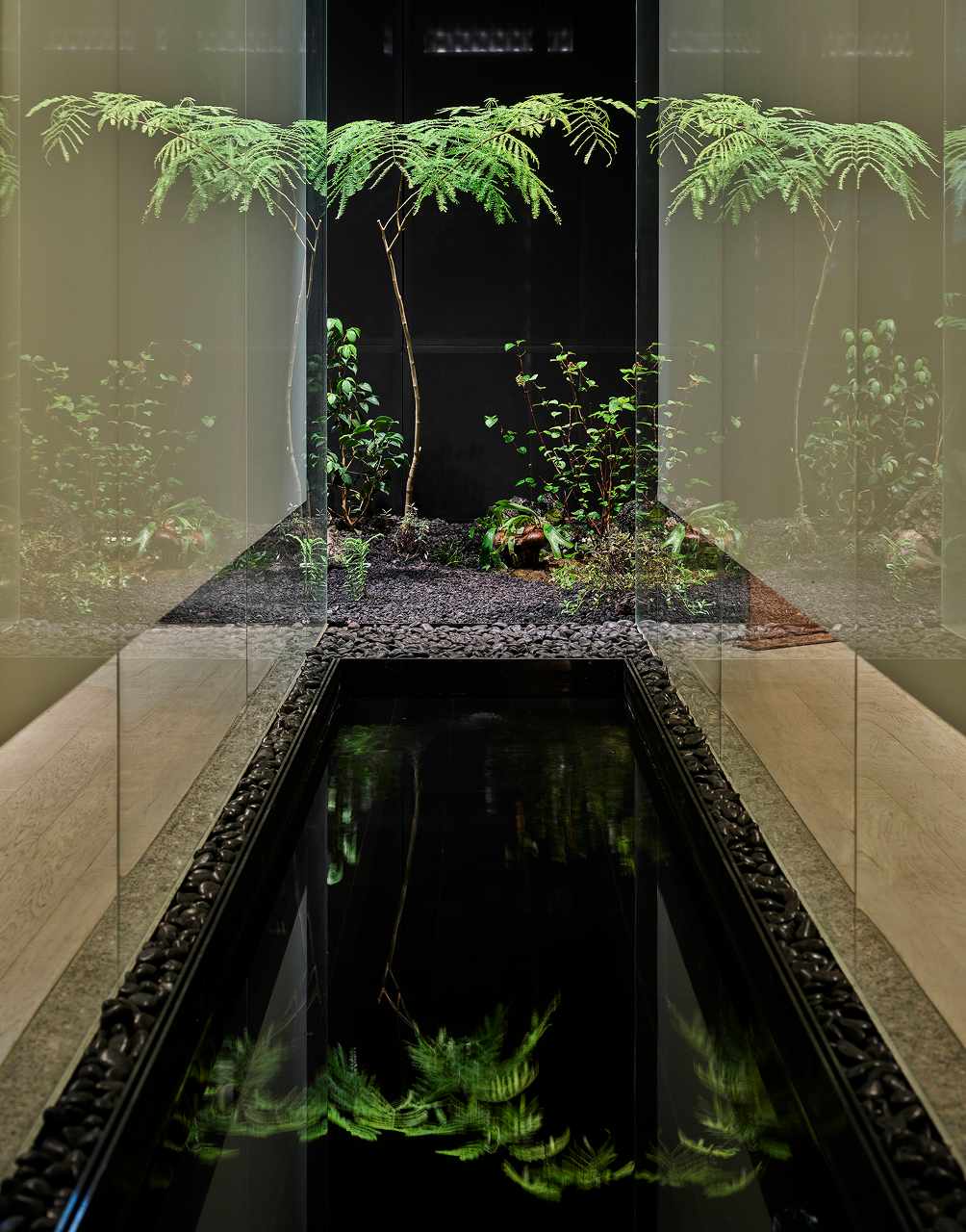
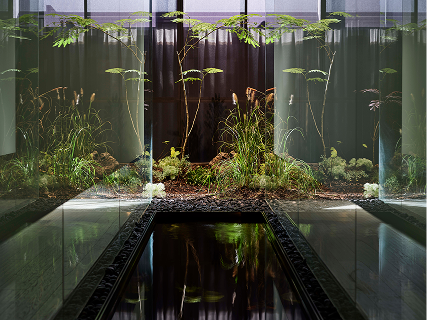
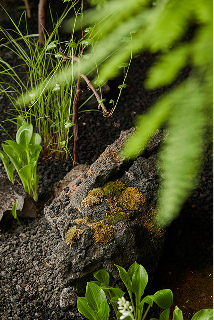
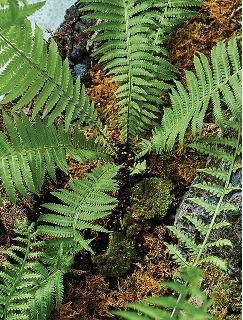
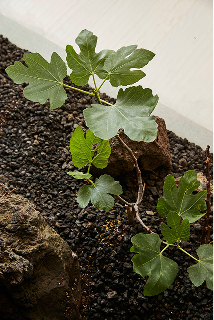
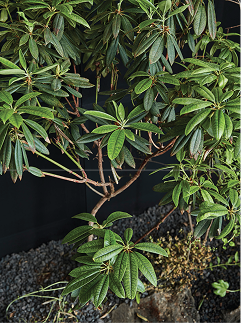
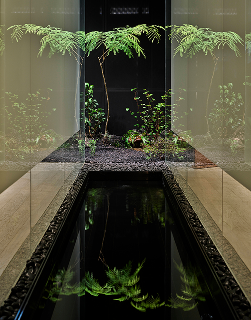
FURNITURE, TABLEWARE AND GALLERY
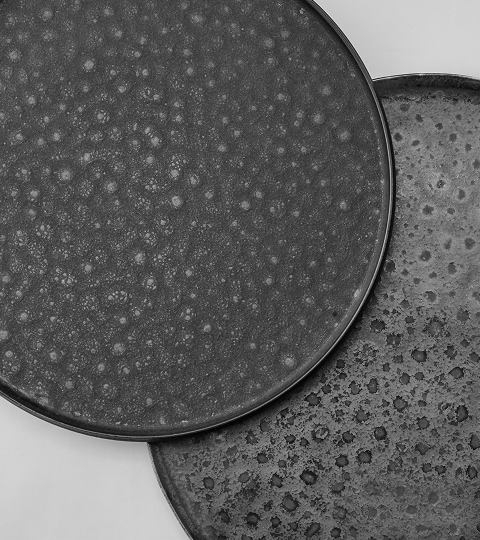
LIST OF ARTWORKS
There are even more stories to explore at GYUBAN. If you recognize and appreciate the value of the rice in brass tableware, and the dishes, white porcelain and five-colored cloth on the display stand, as well as the tree growing in the garden, you will have a very pleasant time at GYUBAN.

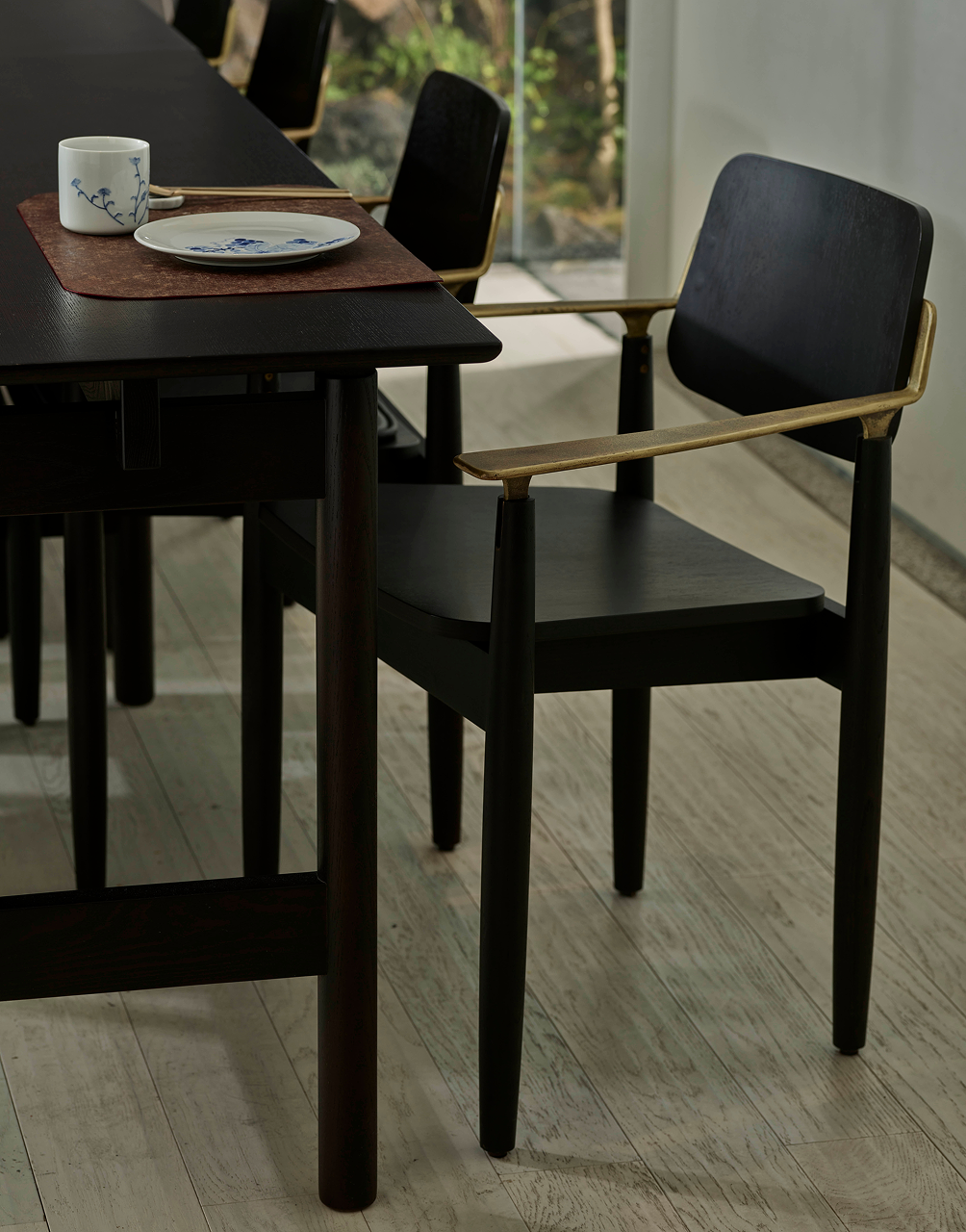
The furniture designer Jaeha Lee mainly uses wood com bined with various other materials and processing methods to make and research useful objects. Two works are exhibited in GYUBAN:<100 Table>, which is a table with three parts that make up the basic framework of Hanok(traditional Ko rean style house), a pillar, crossbeam, and a girder; and, which is a brass armchair that was made by pour ing molten brass into a sand mold.
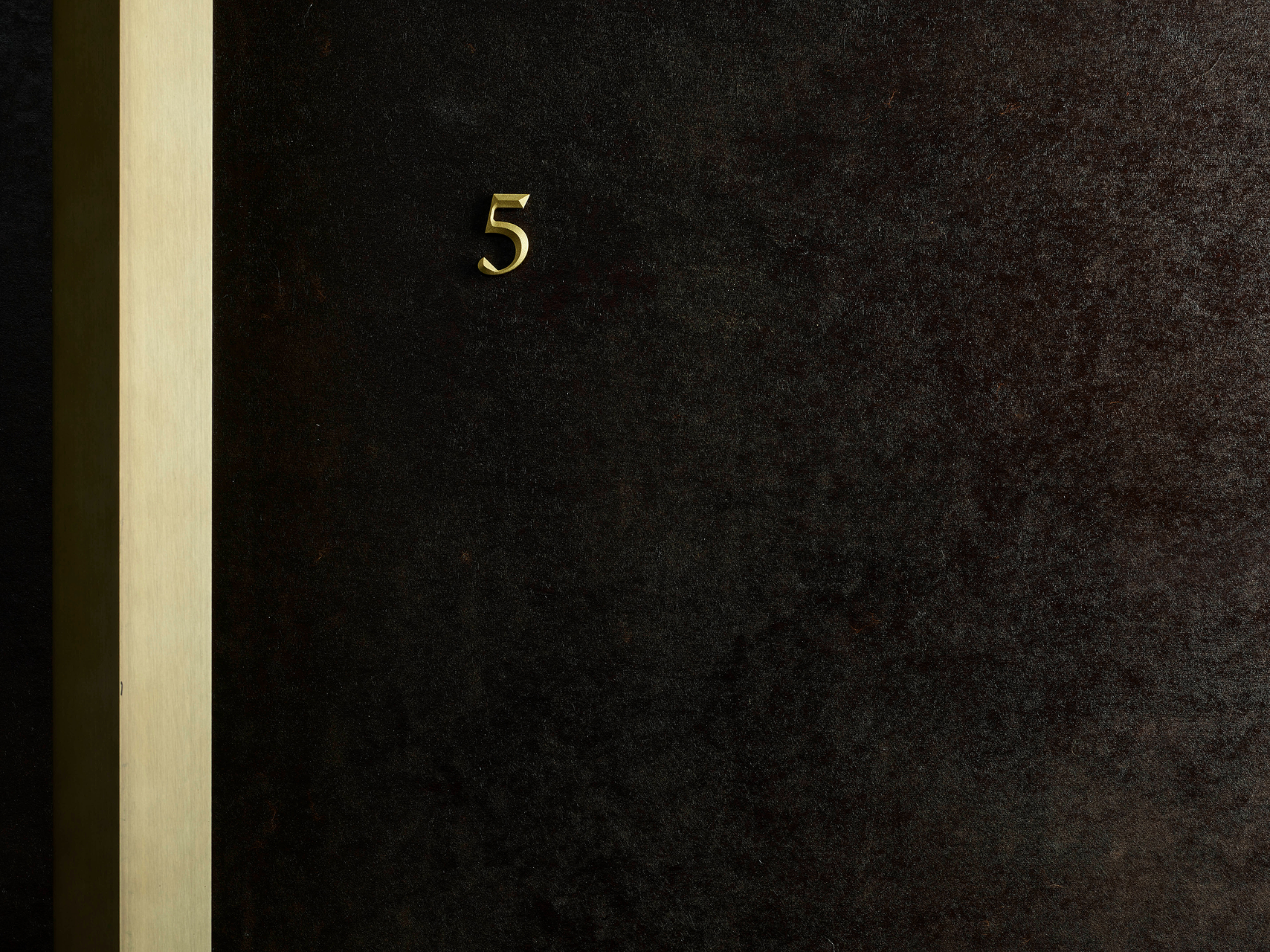
The lacquerware craftsman Yoo Kim runs the “Jomul Jomul Lacquer Workshop” using traditional lacquer methods and adding various materials to expand his range of expression. The door used to enter dining rooms in GYUBAN was made by Yoo Kim over a period of 20 days. It is varnished with lacquer in a manner similar to the strong cover of an ancient book, so when you open the door you will feel like you are walking from the past into the present
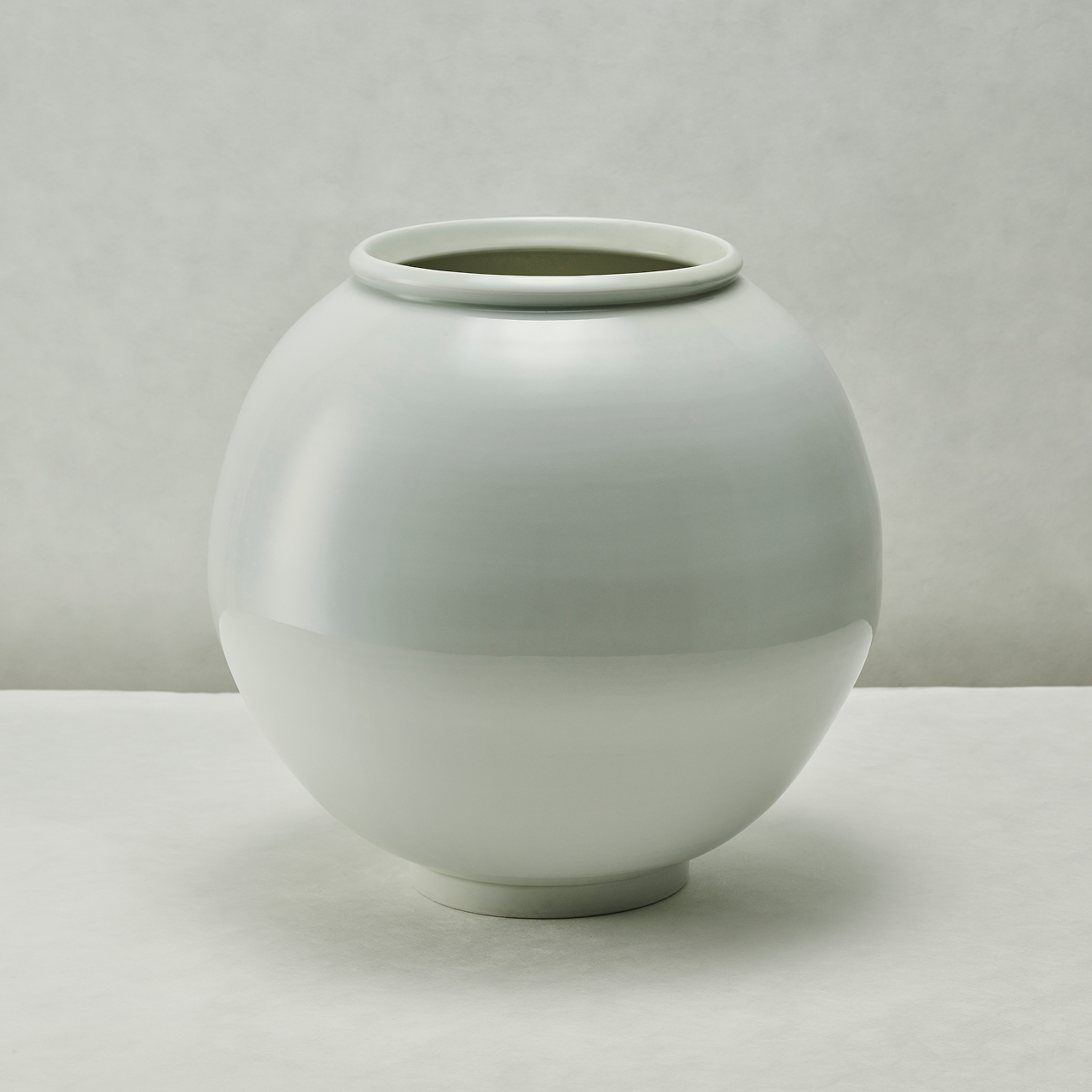
The moon jar is a ceramic piece that represents the sentiments and beauty of Korea. It is smooth, large jar in the white color of the moon. Two large bowls were attached to create a natural form when the piece was baked in the kiln.
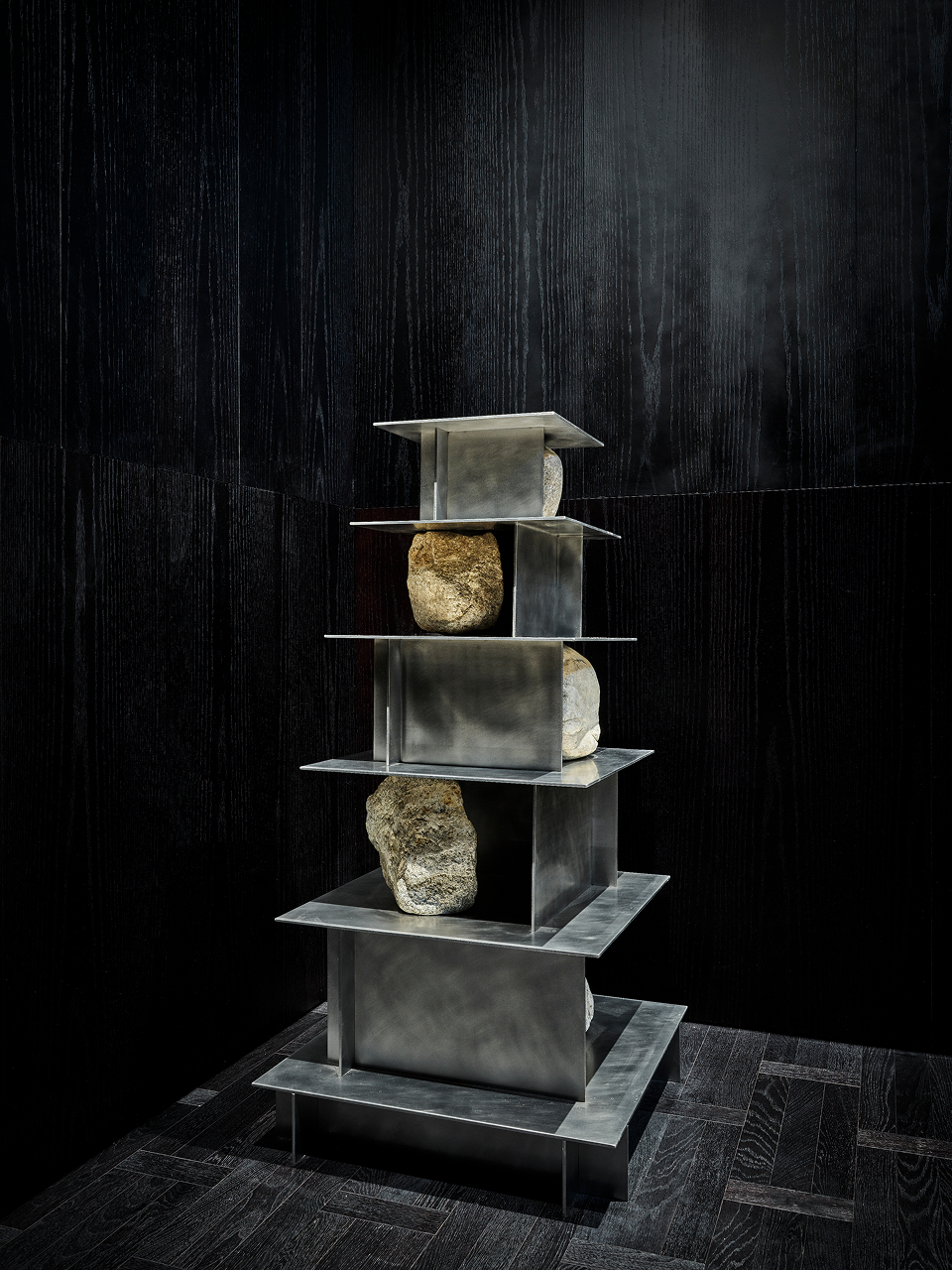
The artist Sisan Lee explores the relationships between na ture, artificial objects, and humans, in order to identify the essence of a material and complete his craftworks in refined language. At GYUBAN, you can see Sisan Lee’s sculptures made in 2021, and, both made using stainless steel and natural stones. The stones in the sculptures play a structural and aesthetic role, creating a strange balance with the contrasting stainless steel material.
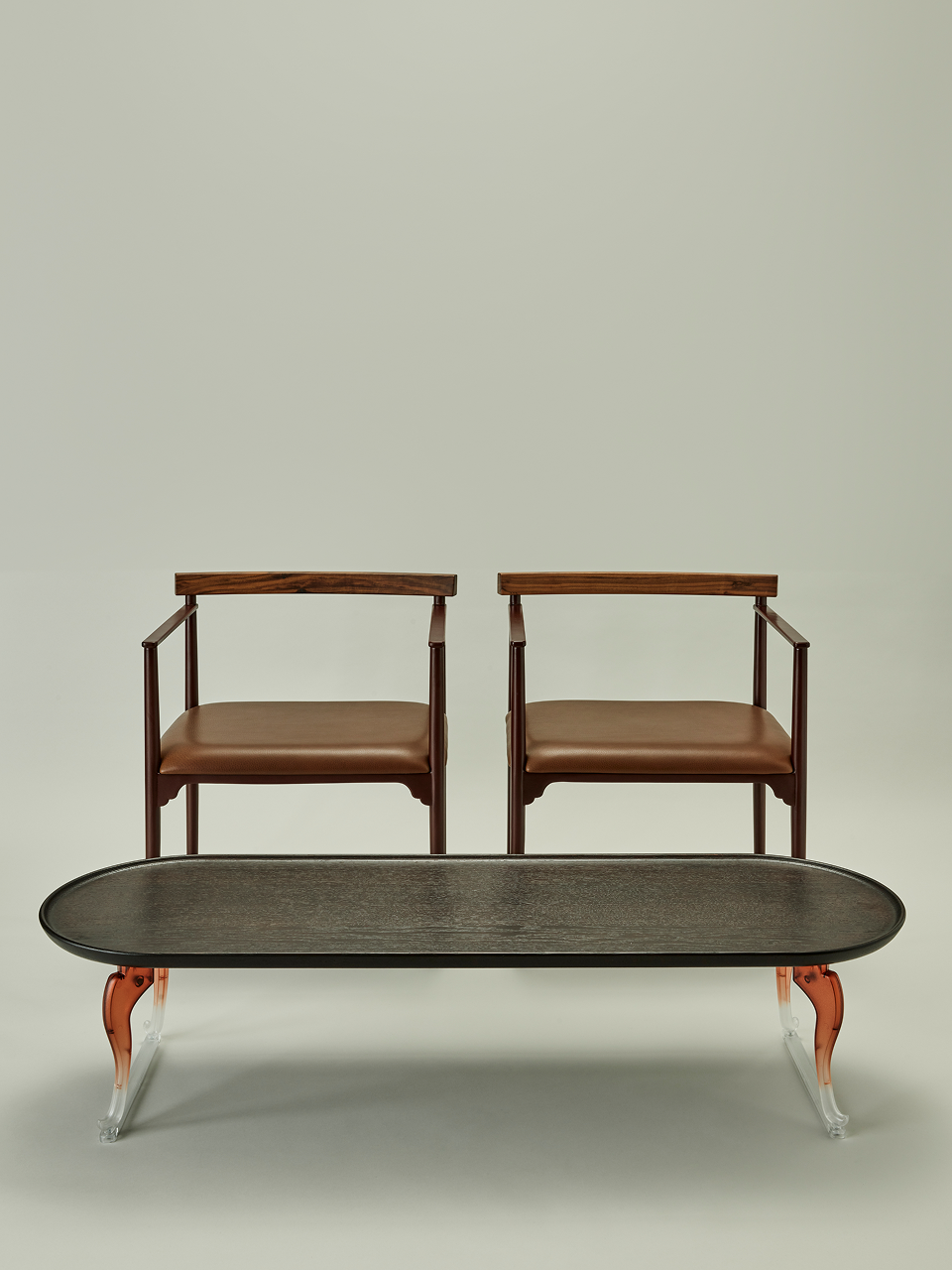
The leading Korean furniture designer Jihoon Ha is famous for his furniture designs with traditional motifs expressed in a modern manner. His works won the “2020 Craft of the Year” award and his collections are featured in the V&A Museum in the U.K., Philadelphia Museum of Art in the U.S., Museum of Applied Art in Germany, National Museum of Modern and Contemporary Art in Korea, and the National Folk Museum of Korea. A table, chair, and various small portable dining ta bles made by Jihoon Ha are featured in GYUBAN’s lounge.
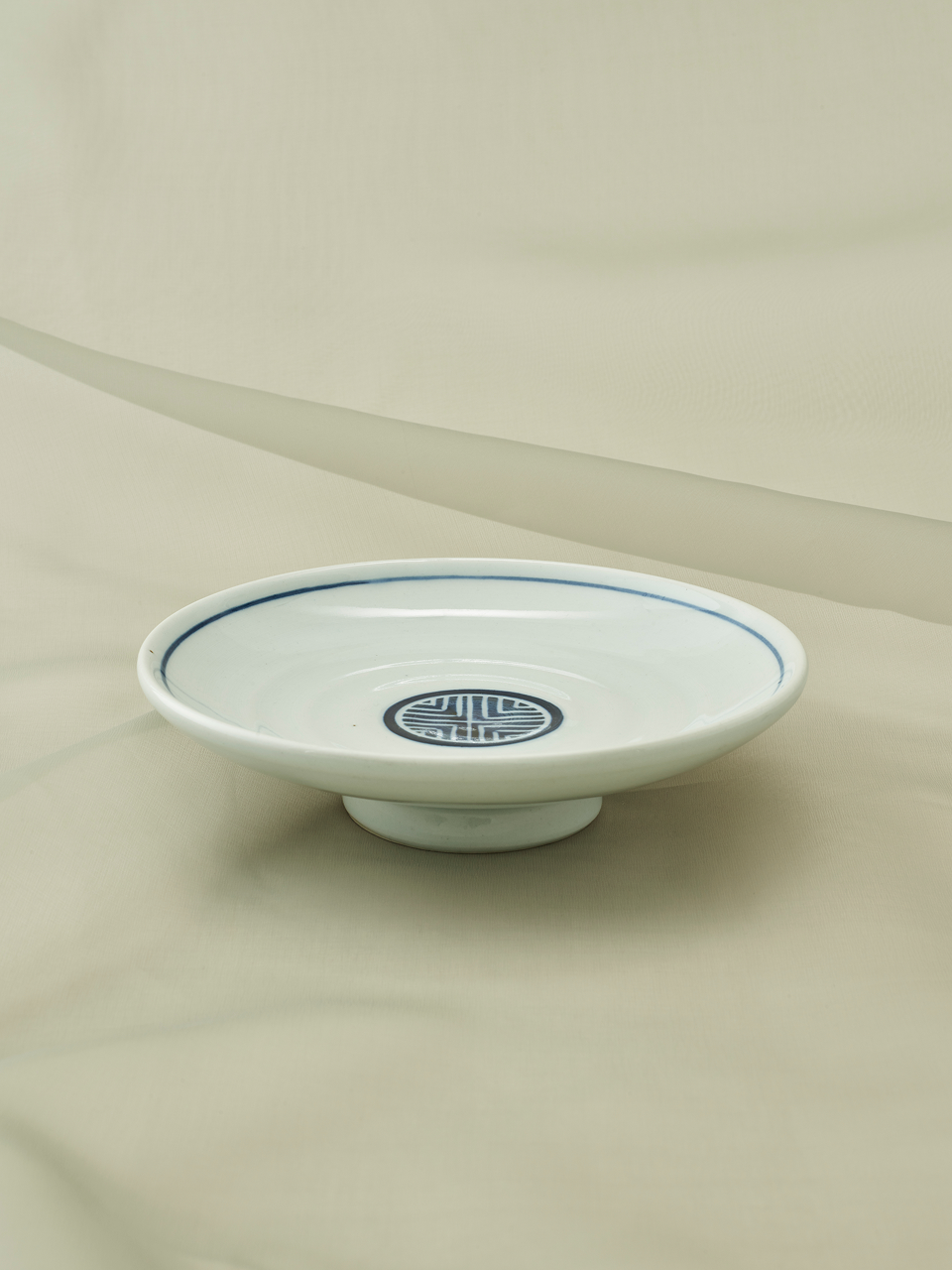
Even the dishes that you might come across casually are elegant and aesthetically pleasing. The potter Jaesun Lee operates the Cheongram Workshop at Gwangju, Gyeonggi-do, where he continues the pottery traditions that date back to the ancient kings.

The potter Heejoong Kim operates a workshop called “Sikgugi,” meaning “dishes used by fam ilies,” which expresses his belief that the most precious time is that spent sharing food with other people. You can enjoy GYUBAN’s dishes on the potter’s representative pieces, including a round, blue steamer and a pear-shaped dish, all handcrafted so each one is slightly different and unique.

The potter Namhee Kim continues the tradi tion of white porcelain ceramics, while experimenting with various glazes to create modern pieces. He considers the process of using the pottery wheel to make plates a “happy time to abandon the desire in one’s heart and find aes thetic beauty and the proper use for the pieces.” His works add warmth to GYUBAN’s tables.
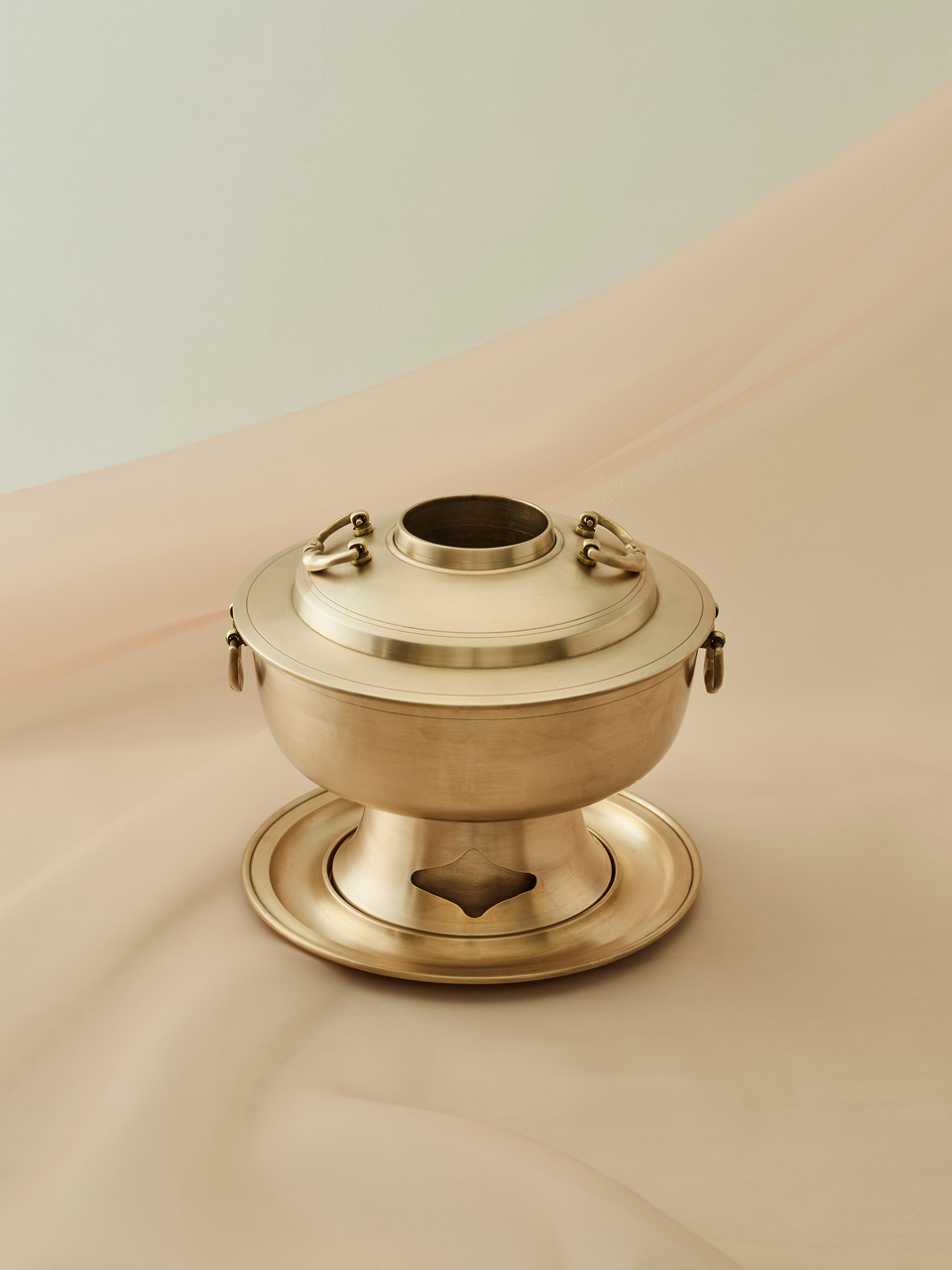
A traditional yugi is carefully made by melting brass, an alloy of copper and tin, then alternatively hammering and quenching it in cold water. It is a nontoxic, highly durable, and antibacterial material, making it useful as tableware. The arti san Bong-ju Lee, who is Intangible Cultural Asset No.77, creates brass yugi that emanate even more beauty the more they are used.

Needlework carefully sewn by the young artisan Hyunjung Kim can be found at GYUBAN. The spoon and chopstick cover on the table are decorated with a peony pattern on a peony-textured fabric, with a Good Luck Knot on the front. The quilted bowl bag that contains three stacks of bowls was made by stuffing peony-texted fabric with cotton, before com bining it with thick, undyed quilted fabric. GYUBAN’s beautiful, curved uniform with refined colors is also Kim’s work.
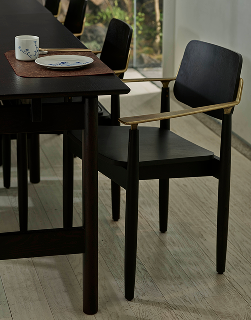
The furniture designer Jaeha Lee mainly uses wood com bined with various other materials and processing methods to make and research useful objects. Two works are exhibited in GYUBAN:<100 Table>, which is a table with three parts that make up the basic framework of Hanok(traditional Ko rean style house), a pillar, crossbeam, and a girder; and, which is a brass armchair that was made by pour ing molten brass into a sand mold.
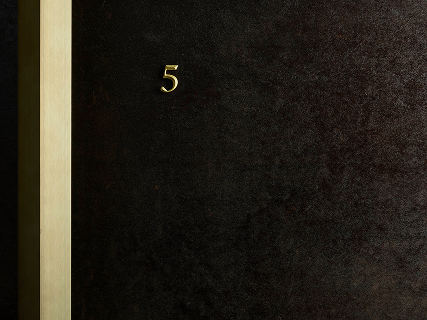
The lacquerware craftsman Yoo Kim runs the “Jomul Jomul Lacquer Workshop” using traditional lacquer methods and adding various materials to expand his range of expression. The door used to enter dining rooms in GYUBAN was made by Yoo Kim over a period of 20 days. It is varnished with lacquer in a manner similar to the strong cover of an ancient book, so when you open the door you will feel like you are walking from the past into the present
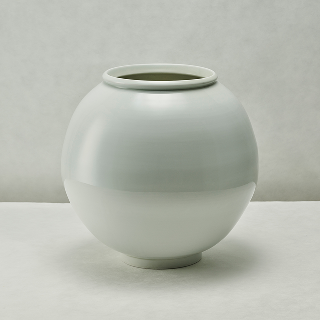
The moon jar is a ceramic piece that represents the sentiments and beauty of Korea. It is smooth, large jar in the white color of the moon. Two large bowls were attached to create a natural form when the piece was baked in the kiln.
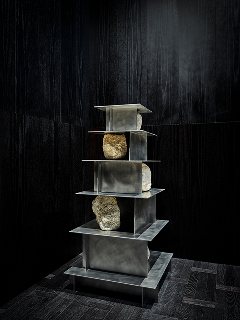
The artist Sisan Lee explores the relationships between na ture, artificial objects, and humans, in order to identify the essence of a material and complete his craftworks in refined language. At GYUBAN, you can see Sisan Lee’s sculptures made in 2021, and, both made using stainless steel and natural stones. The stones in the sculptures play a structural and aesthetic role, creating a strange balance with the contrasting stainless steel material.
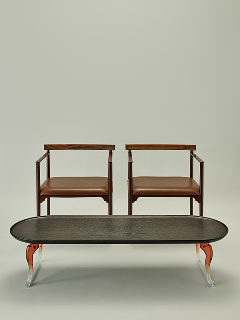
The leading Korean furniture designer Jihoon Ha is famous for his furniture designs with traditional motifs expressed in a modern manner. His works won the “2020 Craft of the Year” award and his collections are featured in the V&A Museum in the U.K., Philadelphia Museum of Art in the U.S., Museum of Applied Art in Germany, National Museum of Modern and Contemporary Art in Korea, and the National Folk Museum of Korea. A table, chair, and various small portable dining ta bles made by Jihoon Ha are featured in GYUBAN’s lounge.
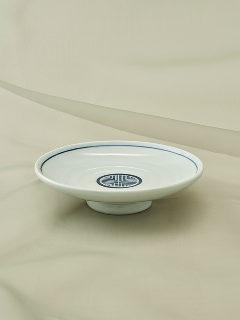
Even the dishes that you might come across casually are elegant and aesthetically pleasing. The potter Jaesun Lee operates the Cheongram Workshop at Gwangju, Gyeonggi-do, where he continues the pottery traditions that date back to the ancient kings.
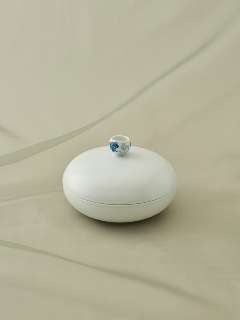
The potter Heejoong Kim operates a workshop called “Sikgugi,” meaning “dishes used by fam ilies,” which expresses his belief that the most precious time is that spent sharing food with other people. You can enjoy GYUBAN’s dishes on the potter’s representative pieces, including a round, blue steamer and a pear-shaped dish, all handcrafted so each one is slightly different and unique.
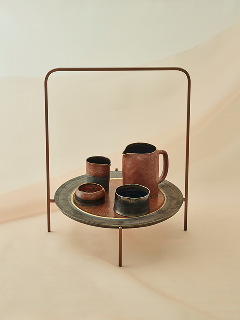
The potter Namhee Kim continues the tradi tion of white porcelain ceramics, while experimenting with various glazes to create modern pieces. He considers the process of using the pottery wheel to make plates a “happy time to abandon the desire in one’s heart and find aes thetic beauty and the proper use for the pieces.” His works add warmth to GYUBAN’s tables.

A traditional yugi is carefully made by melting brass, an alloy of copper and tin, then alternatively hammering and quenching it in cold water. It is a nontoxic, highly durable, and antibacterial material, making it useful as tableware. The arti san Bong-ju Lee, who is Intangible Cultural Asset No.77, creates brass yugi that emanate even more beauty the more they are used.

Needlework carefully sewn by the young artisan Hyunjung Kim can be found at GYUBAN. The spoon and chopstick cover on the table are decorated with a peony pattern on a peony-textured fabric, with a Good Luck Knot on the front. The quilted bowl bag that contains three stacks of bowls was made by stuffing peony-texted fabric with cotton, before com bining it with thick, undyed quilted fabric. GYUBAN’s beautiful, curved uniform with refined colors is also Kim’s work.

